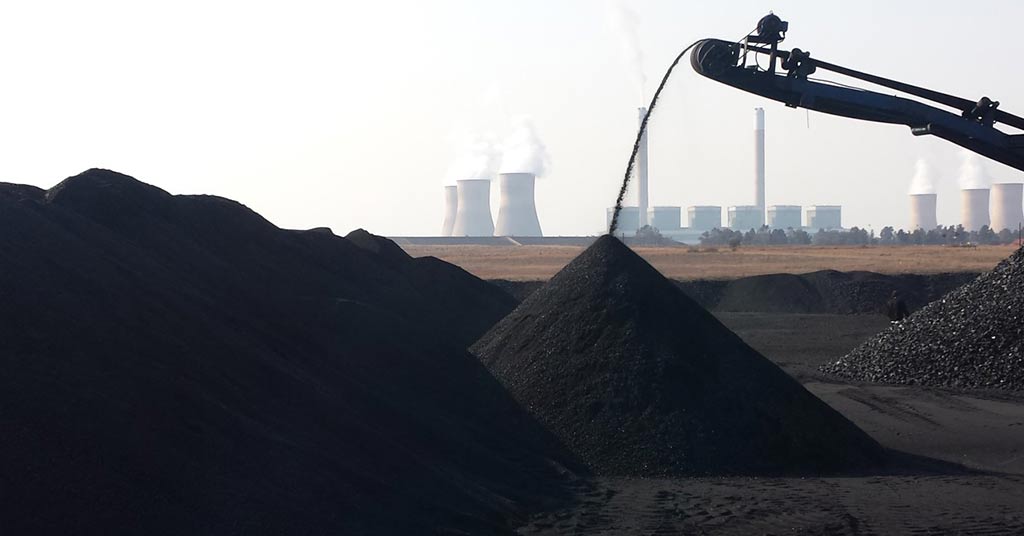Thermal Coal Trade Thrives in Asia Despite Global Resistance
- 04-Oct-2023 10:00 AM
- Journalist: Bob Duffler
Thermal coal continues to stand out as one of the most profitable commodities to trade in Asia, despite facing obstacles such as limited bank funding and global opposition aimed at curbing its use due to its high CO2 emissions and air pollutants. A multitude of traders who attended the Coaltrans conference in Bali during the week ending September 30 expressed that while access to funding from international banks remains a challenge, especially for small-scale miners in Asia, the coal industry's financial resilience will ensure its sustainability in the years ahead.
Despite the involvement of numerous traders throughout the coal supply chain, from extraction at mines to delivery to end-users worldwide, the per-ton commission earned by each trader proves to be substantial, given the substantial volume of coal traded and the size of shipments.
For instance, in the case of 4,200 kcal/kg GAR coal sourced from Indonesia, which represents one of the most actively traded coal grades in Asia, if the delivered cost in another country amounts to $50 per metric ton (mt) for a Supramax shipment with a volume of 50,000 mt, individual traders can earn commissions ranging from 25 to 50 cents per mt. This translates to commissions of $12,500 to $25,000 per shipment, which is equivalent to approximately 1 million to 2 million Rupees.
The price of 4,200 kcal/kg GAR coal fluctuated from $80 to $90 per mt in January, before declining to $72 to $75 per mt in April and further to $50 to $57 per mt in September.
An official from the sales department of an Indonesian mining company explained that producers price their coal products while considering the margins retained by traders. He emphasized that due to stringent government regulations affecting mining companies in all sectors, maintaining profitability is crucial for the survival of producers.
Over the years, various environmental organizations, banks, non-governmental organizations (NGOs), human rights groups, and civil society organizations have campaigned against the use of thermal coal in power generation and non-power sectors such as cement, steel, and other metals.
While the United States and large parts of Europe have successfully limited coal's share in their energy mix to below 35%, Asia still heavily relies on coal for more than 70% of its energy needs.
In the meantime, the net profits of top mining companies soared in 2022, driven by the surge in global thermal coal prices resulting from the disruption of trade flows caused by the Russia-Ukraine conflict, with Europe turning to Asia for coal due to sanctions against Russia.
Indonesia's Bumi Resources reported a net profit of $525.3 million in 2022, marking a remarkable 213% increase over the previous year. Adaro reported a profit of $2.8 billion, up from $1.02 billion a year earlier, while Glencore's net profit surged by 248% to reach a record $17.3 billion in the last year, primarily attributable to the high coal prices prevailing in the market.



